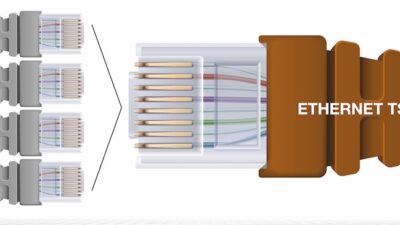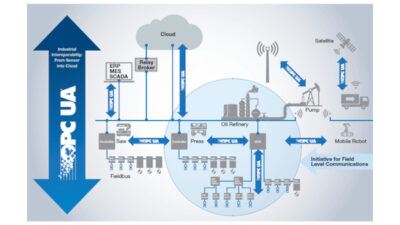More than 350 industry professionals attended the first "pc & automation" conference here on March 26-27. Organizers presented the international standards for Microsoft Windows running on PCs with fieldbus networks as the technologies that will drive automation in the future.
More than 350 industry professionals attended the first “pc & automation” conference here on March 26-27. Organizers presented the international standards for Microsoft Windows running on PCs with fieldbus networks as the technologies that will drive automation in the future.
Michael Babb, Control Engineering ‘s international editor, moderated the event and discussed how vertical integration using these standards will replace expensive CIM (computer integrated manufacturing) and MAP (manufacturing automation protocol).
Lorenzo Pengo, Microsoft’s process manufacturing manager in Europe (Milano, Italy), described his company as a technology provider to industry. Mr. Pengo says many professionals, especially the younger people entering the workforce, are very familiar with Microsoft Windows. The platform enables application developers to write software that reduces initial start up and training time, he added. Another pc & automation theme was that companies can use Microsoft Back Office products like SQL Server to construct common enterprise databases.
During their focus on networking, pc & automation presenters also reported that Ethernet is now an industry standard networking protocol. Though still occurring almost exclusively in management information applications, engineers use it for machine-to-machine communications or even for machine control.
Similarly, Fieldbus is a concept moving from theory to practice. Wolfgang Blome, ceo of Phoenix Contact (Blomberg, Germany), told attendees that Interbus is unique among fieldbuses because it uses a ring topology instead of a trunk line/drop topology. This allows users to build longer distance networks with many devices. Its drawback is that designers must work around the problem that a single point of failure will bring down the network.
Jeff Kissling, vp at Wonderware (Irvine, Calif.), and Dr. Peter Klempp, Baan (Putten, the Netherlands and Menlo Park, Calif.), presented examples of applications written around Windows technology and object programming. Wonderware now uses ActiveX objects to create common databases and work with easily reused tools. Baan completely rewrote its enterprise resource planning (ERP) program recently to incorporate Windows NT and object technology.


